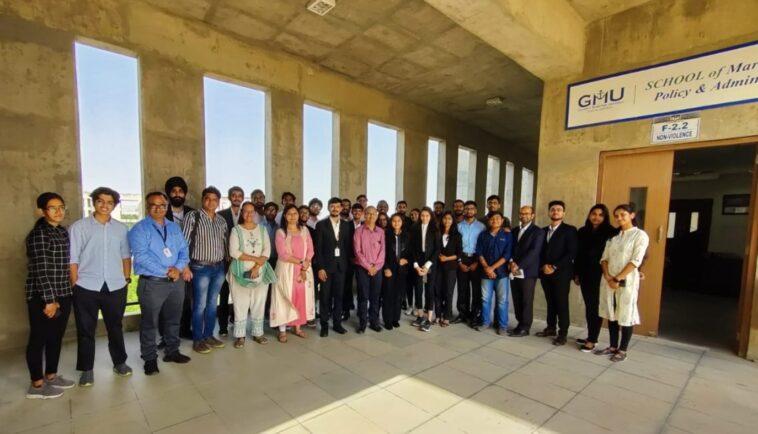How to Become a Captain? Training Facts You Cannot Miss!

Here’s a case study -
Aditya Sharma, a young maritime aspirant from India, stepped into an international maritime training centre at a young age. With no sailing experience but a strong determination, he began his rigorous training. Over the years, he progressed from a deck cadet to an officer, overcoming demanding coursework, onboard challenges, and global certifications. Today, he stands as a captain, leading a commercial vessel across international waters.
His journey mirrors that of many cadets aiming for excellence in the maritime field. Are you too willing to pursue the same path? Here are some facets that you cannot miss -
The Structured Path from Cadet to Captain
The training path in an international academy is designed to equip cadets with the skills and knowledge required for a successful maritime career. It includes academic coursework, hands-on training, and onboard experience, ensuring holistic professional development.
1. Pre-Sea Training
-
A cadet begins with a foundational course at an international marine academy, covering navigation, ship operations, and safety regulations.
-
Physical endurance, leadership training, and emergency procedures form the core of this phase.
-
Simulated shipboard training helps cadets familiarize themselves with real-world challenges before stepping onto a vessel.
2. Sea Time and Practical Training
-
Cadets must complete a mandatory period onboard commercial vessels, applying theoretical knowledge in real-world conditions.
-
Tasks include chart plotting, cargo handling, and ship maintenance under the guidance of experienced officers.
-
Exposure to diverse maritime environments strengthens problem-solving abilities and adaptability.
3. Officer Certification and Specialization
-
After completing sea time, cadets qualify for competency exams conducted by regulatory bodies.
-
Specialized training in marine engineering, navigation, or logistics enhances career opportunities.
-
Additional certifications in maritime law and environmental safety can provide a competitive edge.
4. Senior Officer Roles and Leadership Development
-
Promotion to Chief Officer requires advanced coursework, decision-making skills, and technical proficiency.
-
Leadership training, legal knowledge, and crisis management become essential at this stage.
-
Officers also undergo ship-handling simulations to prepare for high-stakes decision-making.
5. Achieving Captaincy
-
The final milestone involves obtaining the Master Mariner certification, allowing officers to take full command of a vessel.
-
Captains are responsible for crew management, cargo safety, and compliance with international maritime laws.
-
Strong interpersonal skills and situational awareness play a crucial role in successfully managing global voyages.
The demand for highly trained officers in the maritime sector is rising, with Indian cadets securing positions in global fleets. An international marine academy ensures that graduates meet global standards, preparing them for diverse roles across commercial shipping, offshore industries, and port management.
Last Thoughts
With technological advancements, international maritime centres are integrating simulation-based learning, AI-driven navigation, and sustainability modules. The focus is on producing skilled professionals who can adapt to evolving industry needs while ensuring maritime safety and efficiency.
A structured training path, strategic learning, and practical exposure define the journey from cadet to captain. Choosing a reputed international maritime training centre sets the foundation for a successful career, offering a gateway to global maritime opportunities. Future leaders in the maritime industry must embrace technological progress and continuous learning to stay ahead in this dynamic sector.






